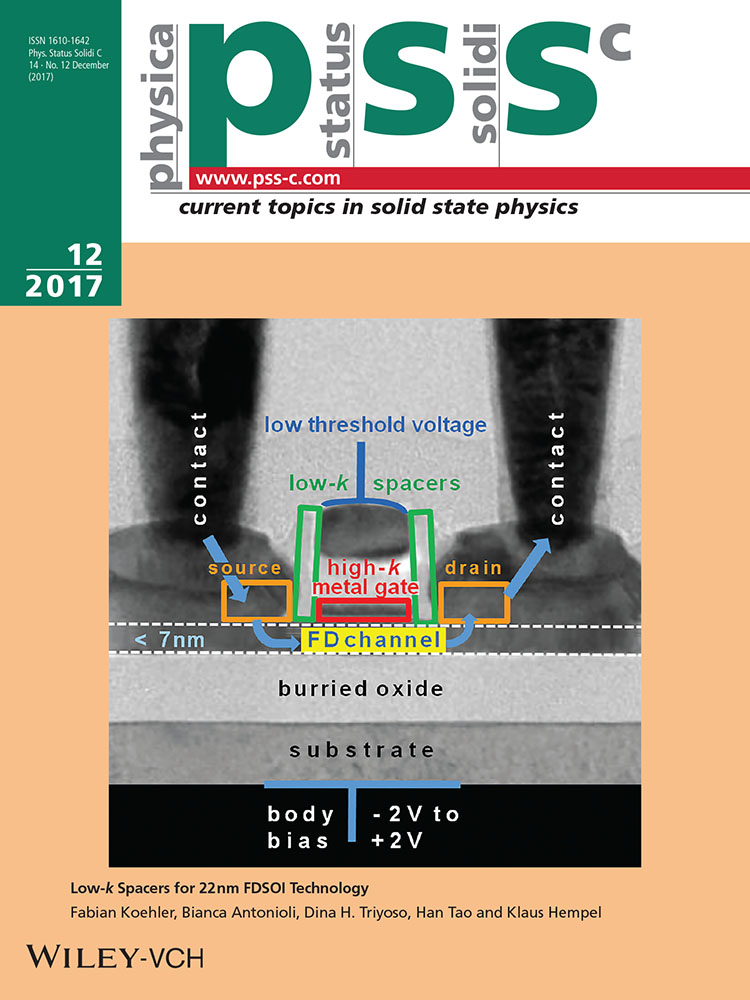Acceptor states detection by microwave and current modulation spectroscopy
Abstract
We apply new optical spectroscopy methods of microwave and current modulation reflectance for the investigation of the hot electron effect on the optical properties of semiconductor structures. In these techniques free carriers are heated contactlessly by an intensity modulated microwave electric field or through ohmic contacts by an amplitude modulated electric current along the structure layers. The redistribution of heated electrons can lead to changes in the built-in fields, in the rates of ionization by collision and screening of the bounded excitonic and impurity states. These effects result in a change of the semiconductor permittivity in the optical region, which is detected as a spectral change of the probe light reflectance measured by a lock-in technique at a low modulation frequency.




